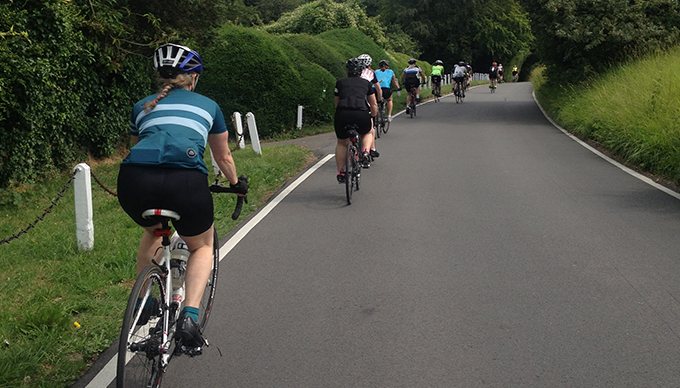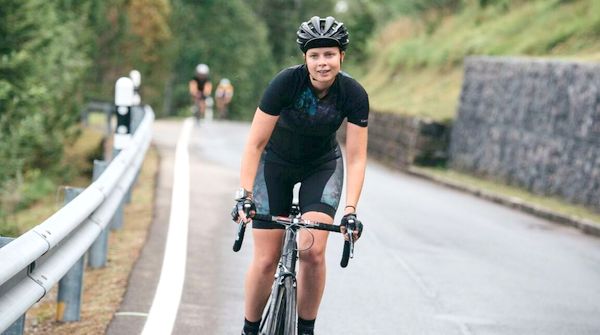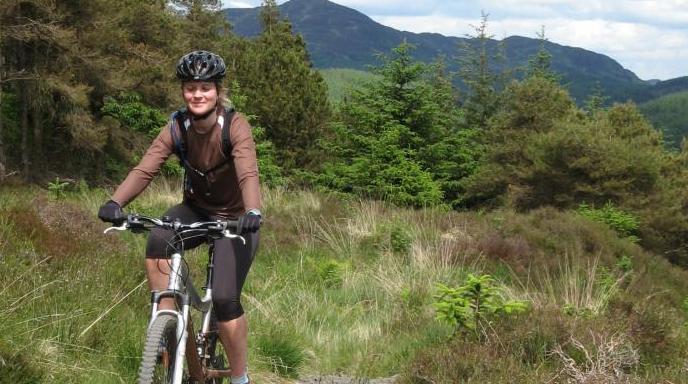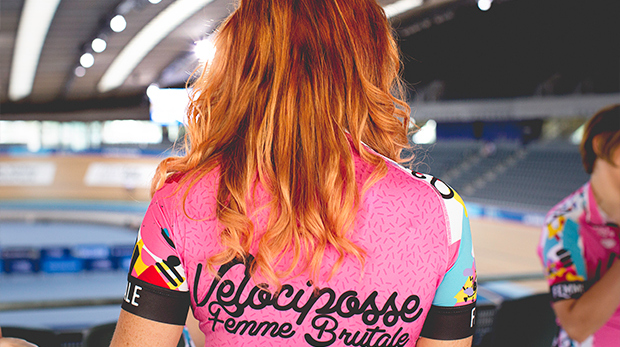Lingerie shops are awash with sports bra; we’ve got some advice on how to select a bra that will keep your boobs supported when you’re out on your bike.
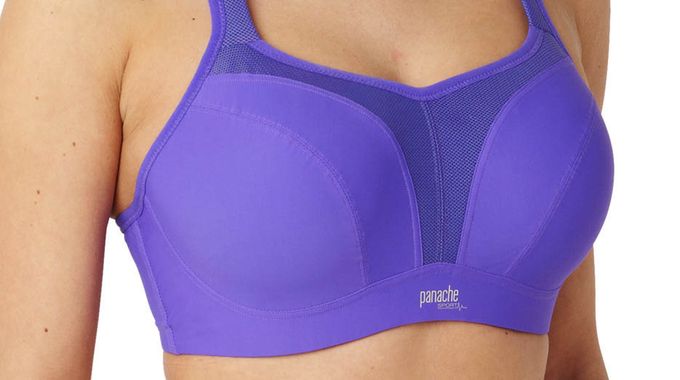
Get measured
It’s a fact that over time women’s bodies’ change and breast size fluctuates. Just because you were a 34D in 2010 doesn’t mean that’s what you are now, take the time to find out your current size.
Overall, it seems sports bras are like trainers; you have to go up half a size, or a cup to get the right fit. We’ll leave this to the experts in the shop to explain but our advice is to make sure you get measured at the very least, once a year.
Get down the shops
It is important to try on a sports bra before you buy it. Yes, it may be easier and quicker to buy a sports bra over the Internet, but are you guaranteed to get a perfect fit?
10 of the best sports bras for cyclists
Sizing varies between manufacturers, so go to a shop and try various brands, sizes and styles to get the optimal fit.
Support level
Road cycling in general is classified as a medium impact sport. When browsing the sports bras department, stick to the medium impact section and you won’t go far wrong.
Chamois Cream: Where and when to use it
If, on the other hand, you’re a mountain biker you may want to invest in a high-impact bra. The off-road, rough terrain, mixed with some gnarly drop-offs can take its toll on your boobs, so make sure you have a high level of support.
Sports bra design
There are two basic sports bra designs:
- Compression Sports Bras, these bras are suited for small to medium cup sizes and are usually designed as a one piece that is pulled on over your head. Just be warned, you may have to be a contortionist to take it on and off. This popular style ensures minimal bounce and movement by compressing your breasts against your chest. Rather then being measure by back and cup, a compression sports bra usually comes in generic sizes, such as small, medium and large.
- Encapsulated Sports Bras, These bras do exactly what the name suggests, encapsulates each breast in an individual cup rather than compressing the bust against the chest. This style is great for supporting women with larger breasts, usually a C-cup or larger.
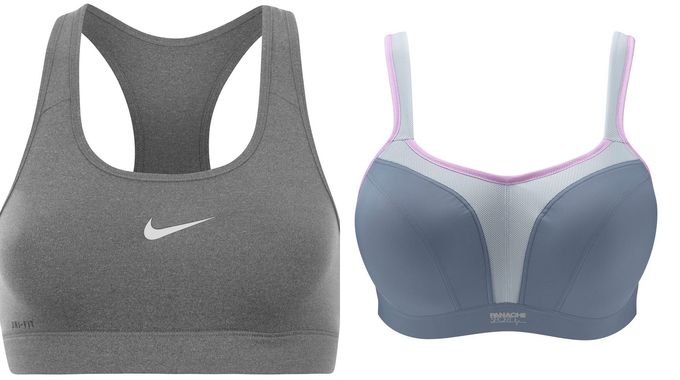
Once you know which design to opt for, take time to consider the following features of your sports bra:
Fabric
As sports bra needs to act like a base-layer, it needs to wick moisture away from the body to keep your breasts cool and sweat free to reduce chafing.
Look for fabrics like Dri-FIT and CoolMax and try to avoid 100% cotton bras as they tend to stay wet.
Deep armholes
This is something that is often overlooked when buying a sports bra for cycling. Assume the cycling position, lift your arms and place them on your imaginary handlebars, can you feel the straps rubbing on the front of your armpits?
Seams
This is same advice we offer with cycling shorts; try to go for sports bras with the fewest seams. Every seam is a potential chafe point, so fewer seams equals less irritation.
Straps
The racer back style of strap is becoming increasingly popular and does allow for a good range of motion. If you’re in the saddle for hours at a time, the pressure of having a clip behind your neck to create the racer back style can cause both shoulder and neck pain. This is fine if you’re out on a short ride, but if you’re tackling a century and are in the saddle for hours, it might be best to opt for the traditional scoop style straps.
Also keep in mind the width of the straps, the wider they are the more cushioning they are going to offer. If you ride with a hydration pack, it might even be worth taking it along to see how the bags straps interact with the bras straps.

